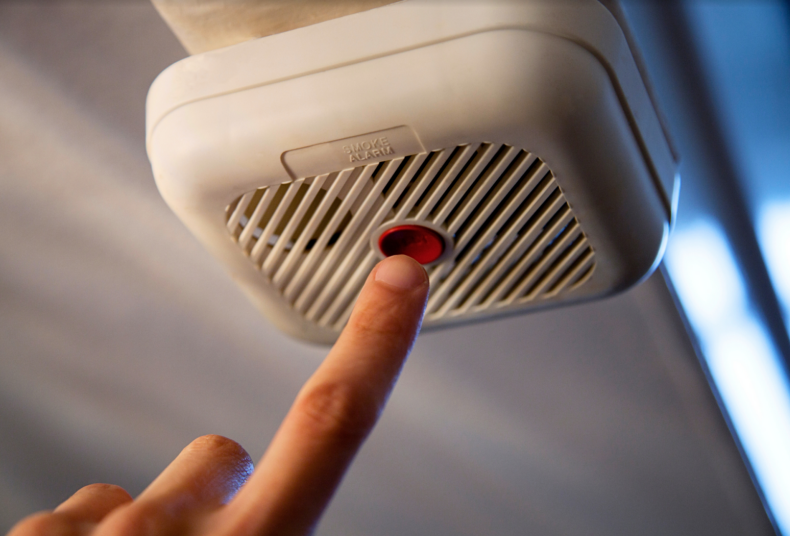
A home fire can be a devastating event, causing loss of life, property damage, and emotional trauma. However, by taking proactive measures, you can significantly reduce the risk of fire and ensure the safety of your family and your home with proper Fire Safety at Home. In this blog, we will explore essential steps you can take to prevent fires and create a fire-safe environment within your home.
Fire Guidelines: Fire Safety at Home
1. Install Smoke Alarms
Smoke alarms are your first line of defense against a fire. Install smoke alarms on every level of your home, including inside bedrooms and outside sleeping areas. Regularly test the alarms to ensure they’re functioning correctly and replace batteries at least once a year or when the low-battery warning beeps.
2. Create an Escape Plan
Developing a clear and practiced escape plan is crucial. Make sure every member of your household understands the plan and knows how to react in the event of a fire. Identify at least two escape routes from each room and establish a designated meeting point outside the house. Practice fire drills regularly to familiarize everyone with the escape routes and increase their chances of safely exiting in an emergency.
3. Maintain Clear Exits and Pathways
Ensure that all exits, hallways, and pathways leading to the exterior of your home are clear of clutter and obstructions. This will allow for a quick and unobstructed exit in case of a fire. Avoid blocking windows or installing security bars that cannot be easily opened from the inside, as they can prevent escape during an emergency.
4. Practice Safe Cooking Habits
Kitchen fires are one of the most common causes of residential fires. To prevent cooking-related fires:
• Never leave cooking unattended. If you have to leave the kitchen, turn off the stove or oven.
• Keep flammable items such as towels, curtains, and paper products away from the cooking area.
• Use appropriate-sized pots and pans to prevent spills and overflows.
• Keep a fire extinguisher in or near the kitchen and know how to use it.
5. Practice Electrical Fire Safety
Electrical malfunctions are another leading cause of residential fires. Follow these electrical safety tips:
• Do not overload electrical outlets or extension cords. Use power strips with built-in overload protection.
• Inspect electrical cords regularly for fraying or damage, and replace them if necessary.
• Unplug appliances when not in use and avoid running cords under rugs or furniture.
• Hire a qualified electrician for any electrical repairs or installations.
6. Be Mindful of Candles and Smoking
Candles and smoking materials pose a significant fire risk. Take the following precautions:
• Never leave burning candles unattended. Keep them away from flammable materials and place them in sturdy, non-flammable holders.
• Consider using battery-operated flameless candles as a safer alternative.
• If you smoke, do so outside the house and use sturdy, deep ashtrays. Ensure that cigarette butts and ashes are fully extinguished before disposal.
7. Maintain Heating Equipment
Heating equipment, including space heaters and fireplaces, should be used with caution:
• Keep flammable materials at least three feet away from heating sources.
• Have chimneys and flues inspected and cleaned annually by a professional.
• Turn off space heaters when leaving the room or going to bed.
• Follow manufacturer’s instructions for proper use and maintenance of heating appliances.
8. Store and Handle Flammable Materials Safely
Proper storage and handling of flammable materials can significantly reduce the risk of fire. Follow these guidelines:
• Keep flammable liquids, such as gasoline, paint thinner, and cleaning solvents, in approved containers and store them in a well-ventilated area away from heat sources.
• Store flammable materials away from ignition sources such as open flames, electrical outlets, and appliances.
• Dispose of oily rags or materials soaked with flammable substances in a metal container with a tight-fitting lid to prevent spontaneous combustion.
9. Regularly Maintain and Inspect
Regular maintenance and inspections can help identify potential fire hazards. Here’s what you should do:
• Have your heating and cooling systems professionally inspected and serviced annually.
• Clean lint filters in dryers after each use and ensure proper venting to prevent lint buildup, which can lead to dryer fires.
• Check electrical cords, plugs, and outlets for any signs of damage or wear and replace them if necessary.
• Inspect your home’s wiring periodically for any signs of electrical problems, such as flickering lights or frequent circuit breaker trips.
10. Educate Family Members
Knowledge and awareness are essential in preventing fires. Educate your family members, especially children, about fire safety:
• Teach children about the dangers of fire and how to respond in an emergency. Emphasize the importance of not playing with matches, lighters, or any fire-producing objects.
• Show them how to properly use fire extinguishers and explain when and how to call emergency services.
• Discuss the importance of staying low to avoid smoke inhalation and the “Stop, Drop, and Roll” technique if their clothes catch fire.
Conclusion: Fire Safety at Home
Preventing fires in the home requires a combination of awareness, preparation, and proactive measures. By implementing these fire safety steps, you can significantly reduce the risk of fire and protect your loved ones and property. Remember, fire safety is an ongoing commitment, so regularly review and update your fire prevention strategies to ensure a safe and secure home environment for everyone. Stay vigilant, stay safe!
At Law Eagles, we are California Fire and Smoke Attorneys ready to represent victims of fire and smoke damage claims, ensuring they receive the care needed and compensation they deserve! Contact us today to discuss fire damage matters or potential claims, and to make sure you are protected.
Note: This blog provides general fire safety at home guidelines. For specific recommendations and regulations, consult your local fire department or fire safety professionals.

